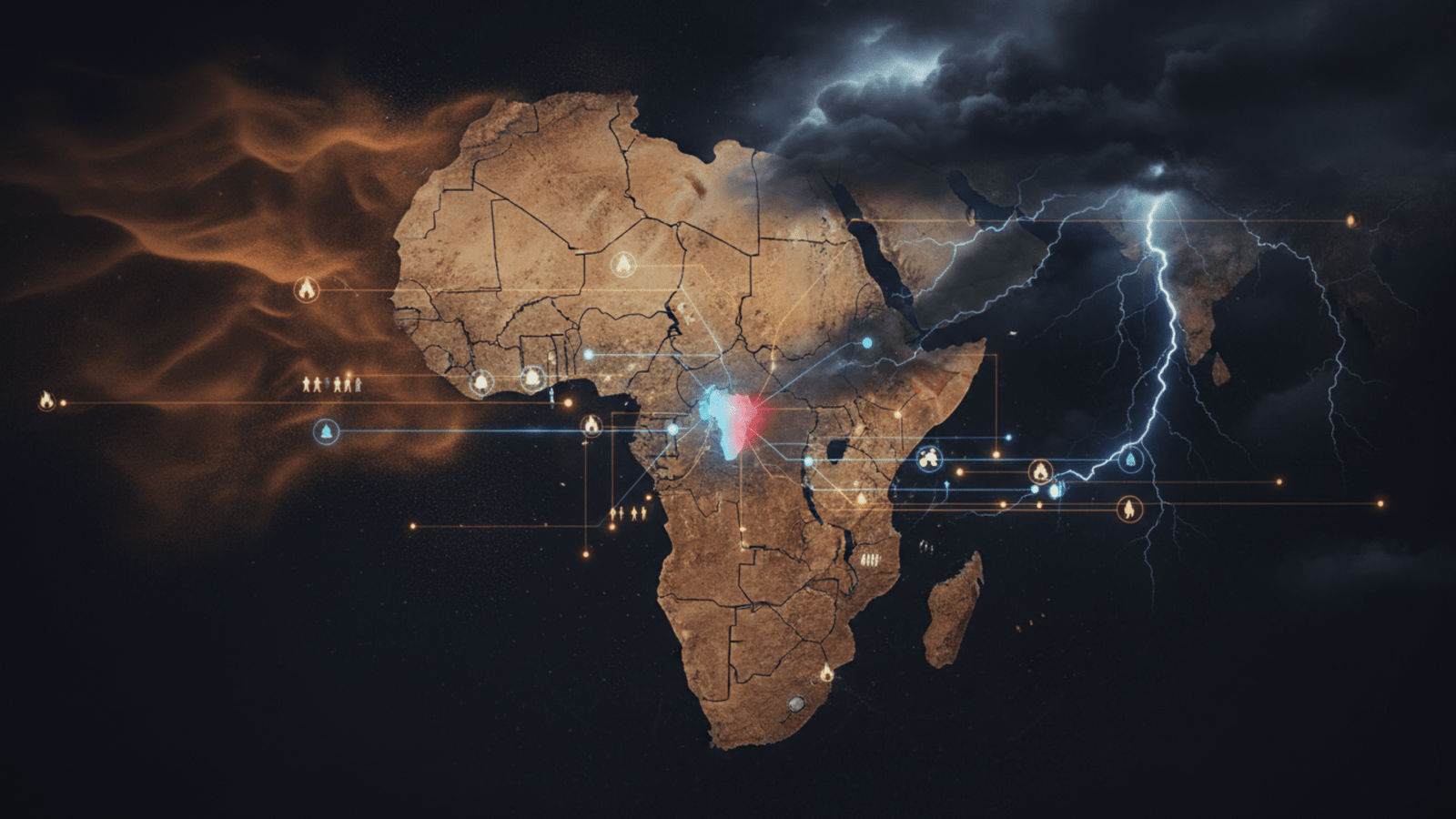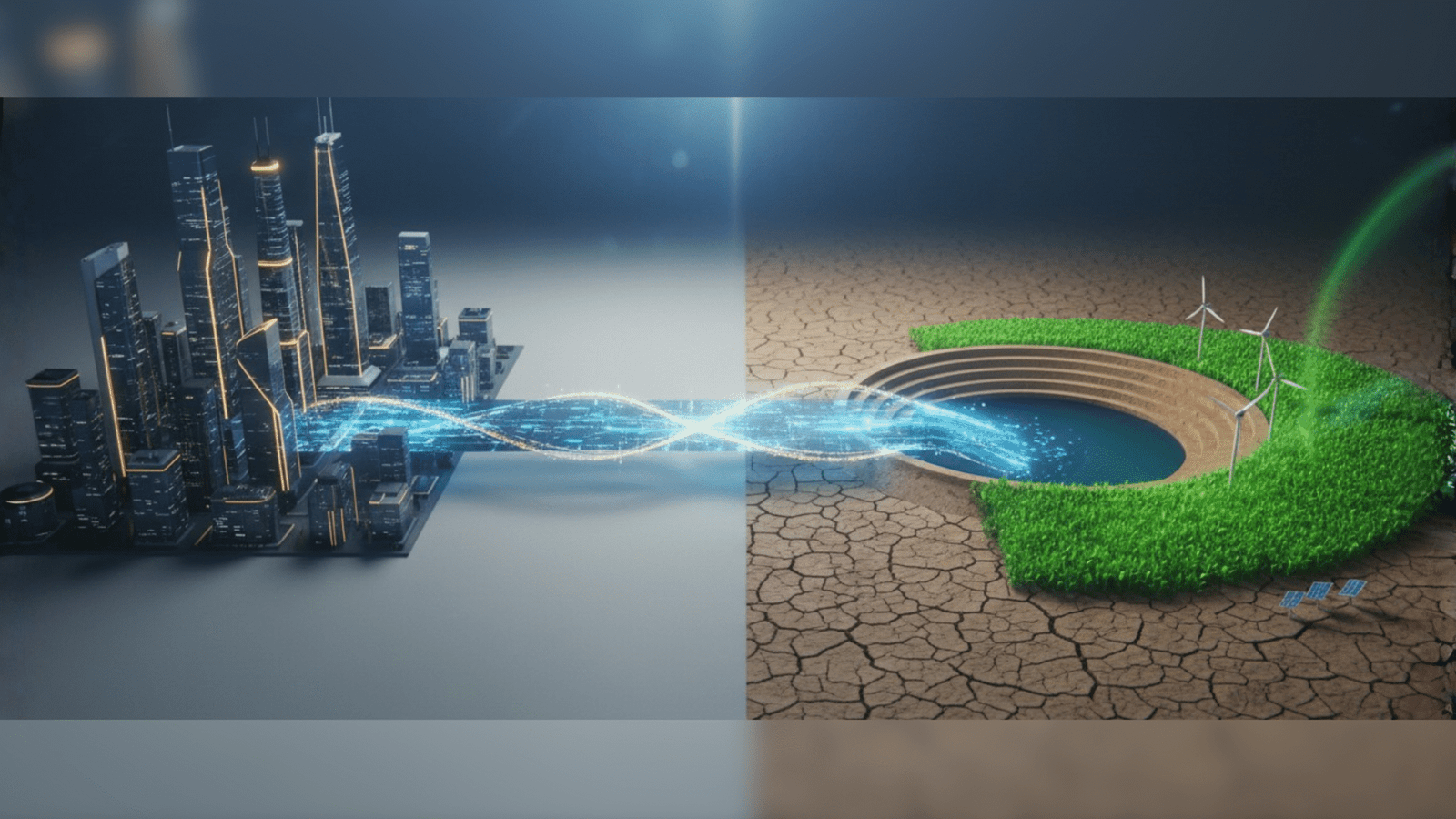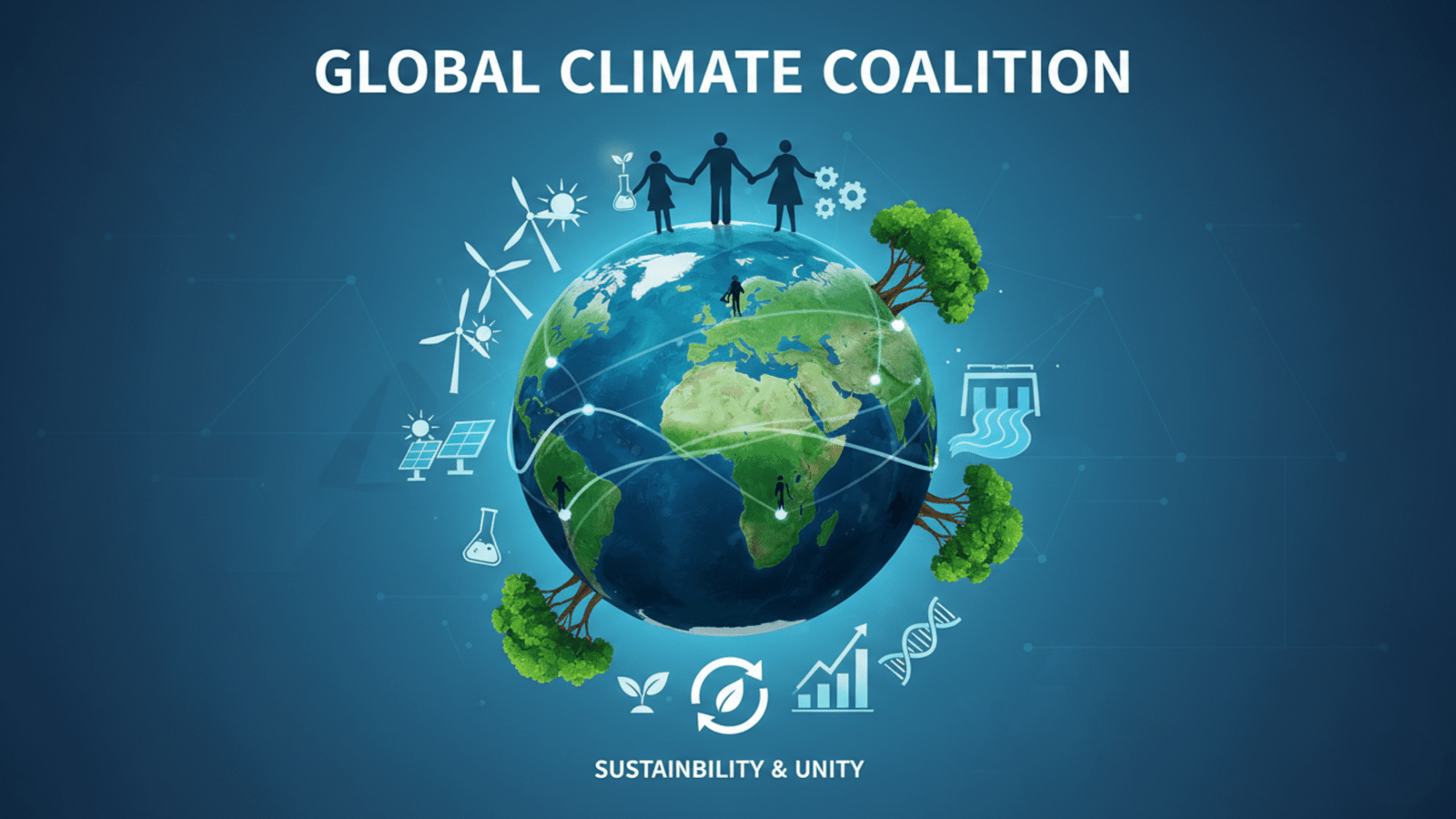Global Cooperation 2025: A New Era for Climate Action.
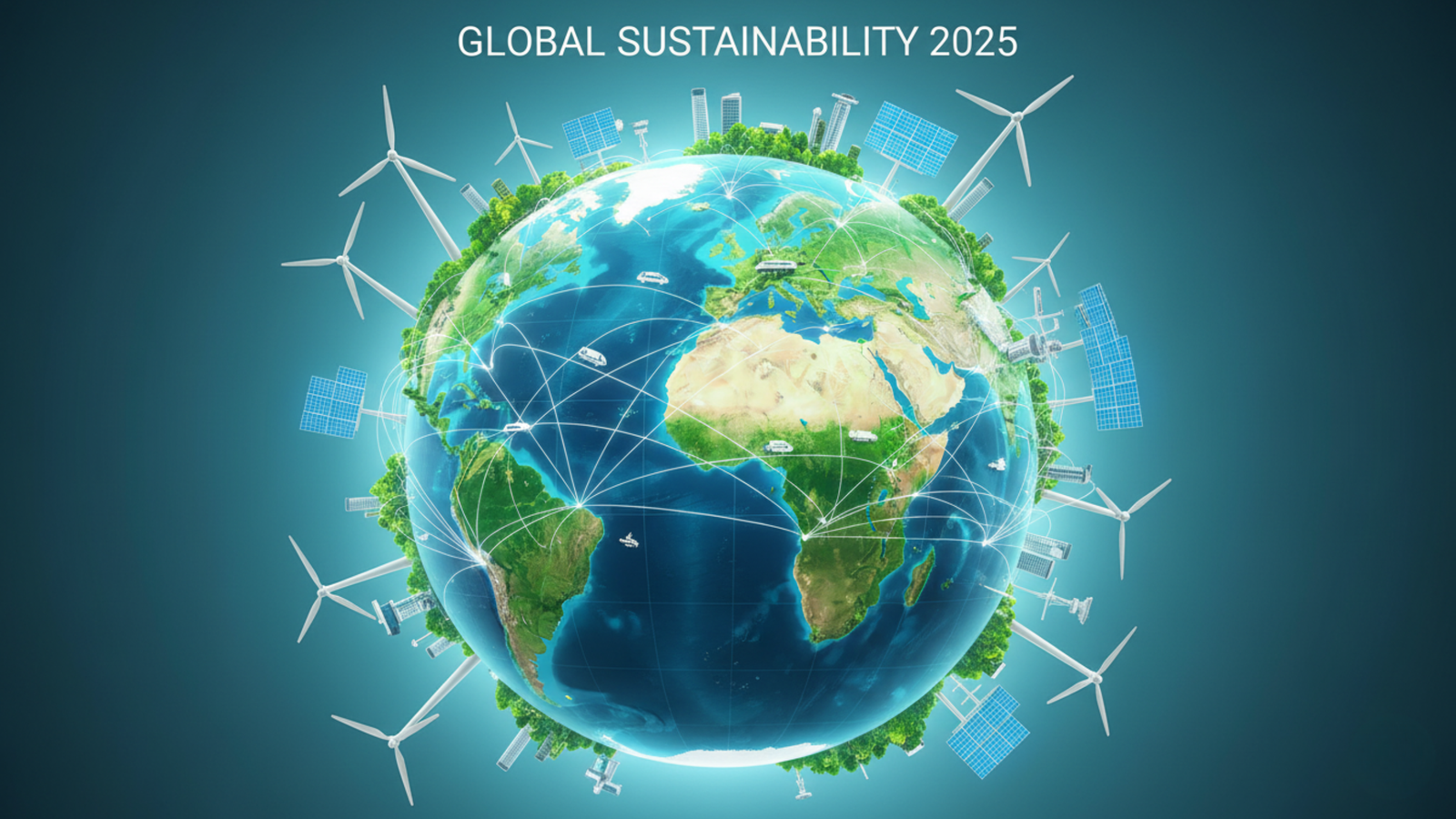
By Isse Shaiye
Salmurux News Media | October 2025
Introduction: A Fragile Planet at a Crossroads
From devastating floods in Asia to record-breaking heatwaves in Europe, the evidence is no longer deniable: the planet is in transition.
The environmental crisis of the 21st century has become the defining issue of our time — one that transcends borders, politics, and generations.
Yet amid growing despair, there is also unprecedented international momentum.
Global cooperation — though imperfect — is emerging as humanity’s best hope for stabilizing the climate, protecting biodiversity, and ensuring a sustainable future.
Environmental Challenges That Know No Borders
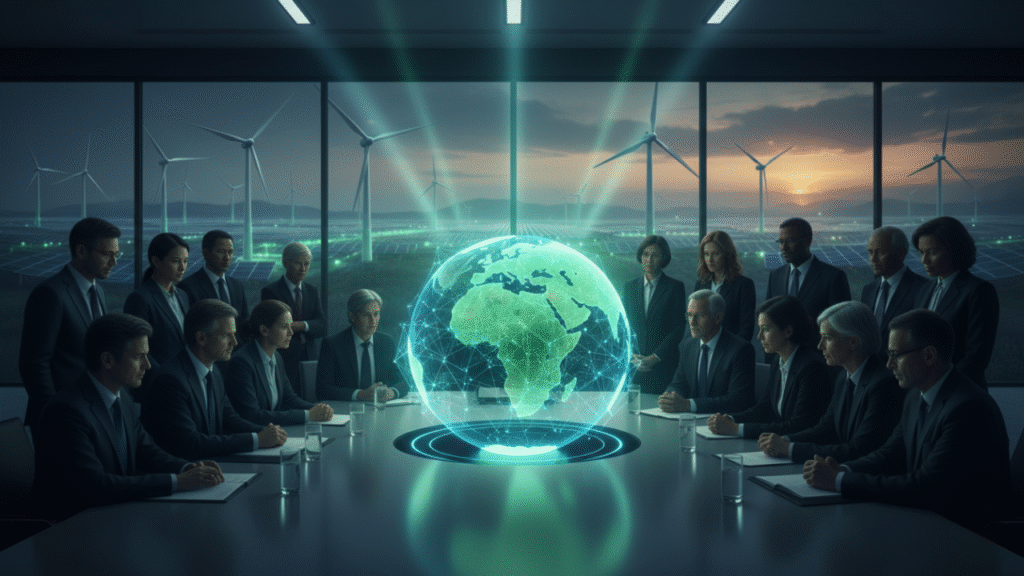
In 2025, the world faces a cascade of environmental crises. Each is distinct, yet deeply interconnected:
- Climate Change:
Global temperatures have already risen by more than 1.2°C above pre-industrial levels.
This seemingly small number translates into record droughts, crop failures, and deadly storms from the Sahel to South Asia. - Biodiversity Loss:
Scientists estimate that one million species are at risk of extinction — a rate unseen since the age of dinosaurs.
Forests, coral reefs, and wetlands — vital ecosystems that sustain life — are disappearing faster than they can regenerate. - Pollution and Waste:
The world produces over 2 billion tonnes of waste annually, and only a small fraction is recycled.
Microplastics now contaminate even the deepest parts of the oceans and the air we breathe. - Water Scarcity:
By 2030, nearly half the world’s population is expected to live under severe water stress, according to the UN.
Environmental degradation is no longer a future threat — it’s a present reality reshaping economies, migration patterns, and global security.
International Cooperation: From Words to Action
Over the past decade, international efforts to combat environmental decline have accelerated, though not always evenly.
1. The Paris Agreement: A Living Framework
Adopted in 2015, the Paris Agreement remains the cornerstone of global climate governance.
Its strength lies not in binding enforcement but in collective ambition — encouraging nations to submit and strengthen their Nationally Determined Contributions (NDCs) every five years.
By 2025, more than 190 countries have joined the accord, collectively representing over 90% of global emissions.
While the results are mixed, the Paris framework has created a powerful foundation for accountability and transparency in climate diplomacy.
2. The Global Biodiversity Framework
Signed in 2022 in Montreal, this framework aims to protect 30% of Earth’s land and oceans by 2030.
It represents a landmark step toward recognizing nature’s value — not only for its beauty but for its role in regulating the planet’s life systems.
3. The Green Climate Fund and Loss & Damage Facility
Developing nations, particularly in Africa and the Pacific, are at the frontline of the crisis but have the fewest resources to respond.
International mechanisms such as the Green Climate Fund (GCF) and the new Loss and Damage Fund are designed to channel billions of dollars annually into adaptation and recovery.
However, delivery remains inconsistent — and trust between developed and developing nations continues to be a major fault line in negotiations.
Environmental Justice and Equity
The global environmental debate is not only scientific — it’s also deeply ethical.
For decades, developing countries have argued that those who polluted the most must contribute the most to solutions.
In Africa, Latin America, and South Asia, communities face the brunt of rising temperatures and resource depletion, despite contributing least to global emissions.
This imbalance has given rise to a powerful movement known as “Climate Justice” — emphasizing fairness, historical responsibility, and inclusivity.
As Kenyan environmentalist Wanjira Mathai famously said:
“We cannot build a sustainable planet on the foundations of inequality.”
The challenge, then, is to design a system where economic growth and environmental protection are not mutually exclusive.
Technology and Innovation: Tools for Transformation
Technology is rapidly redefining what is possible in environmental management.
From AI-driven climate forecasting to clean energy breakthroughs, innovation is reshaping the sustainability landscape:
- Renewable Energy:
Solar and wind power now provide over 30% of global electricity, a figure expected to double by 2035.
Developing nations such as Morocco, Kenya, and Vietnam are leading regional renewable revolutions. - Green Hydrogen:
Once a futuristic concept, hydrogen produced from renewable sources is emerging as a clean alternative for heavy industry and transport. - Carbon Capture and Storage (CCS):
Cutting-edge CCS projects are being tested in Norway, Japan, and Saudi Arabia to neutralize emissions from existing industries. - Circular Economy:
Tech companies and startups are reimagining waste — turning plastics, food waste, and even carbon dioxide into valuable raw materials.
Innovation alone, however, is not enough.
It must be accompanied by policy support, public investment, and behavioral change to truly transform the global economy.
The Role of Global Institutions
International organizations play a central role in coordinating and monitoring environmental commitments.
- The United Nations Environment Programme (UNEP) provides scientific assessments and supports global agreements.
- The World Bank and IMF increasingly integrate climate resilience into development financing.
- The World Health Organization (WHO) warns that climate change is now the single greatest health threat facing humanity.
These institutions are helping reshape the idea of “security” — no longer defined solely by borders or armies, but by the stability of the planet’s ecosystems.
Media and Public Awareness: The Power of the Story
The environmental crisis is also a communication crisis.
How societies perceive and respond to it depends largely on how stories are told.
Independent and international media outlets — like Salmurux News Media — have a critical role to play.
They connect local realities with global policies, amplify the voices of scientists and communities, and hold decision-makers accountable.
Digital platforms, podcasts, and documentaries are reaching millions with stories of innovation, resilience, and hope — changing public consciousness one story at a time.
Youth and Civil Movements: The Moral Pressure
Perhaps the most powerful force shaping environmental action today is youth activism.
Movements led by young people — from Fridays for Future to local climate strikes in Africa and Asia — have reframed the issue as one of intergenerational justice.
Their message is clear: the time for half-measures is over.
Governments are being urged to translate promises into policies, and policies into measurable change.
The Economics of a Green Future
Sustainability is no longer just a moral argument — it’s an economic imperative.
The green economy is projected to create over 25 million new jobs by 2030 in renewable energy, sustainable agriculture, and environmental engineering.
Transitioning away from fossil fuels could save trillions in climate-related damages while opening up new frontiers of innovation.
Investors, too, are paying attention — with ESG (Environmental, Social, and Governance) assets expected to surpass $50 trillion globally by 2030.
Diplomacy in the Age of the Environment
Environmental diplomacy is reshaping international relations.
Where once military power dominated the global stage, today climate leadership equals moral leadership.
Countries that pioneer green technologies, build climate resilience, and support vulnerable nations are gaining influence and soft power.
The race to sustainability has become the new arena of global competition — one defined not by control, but by collaboration.
Conclusion: From Awareness to Accountability
The story of our planet is still being written.
Whether it becomes a narrative of renewal or regret depends on choices made today — by leaders, industries, and citizens alike.
Global cooperation has shown that progress is possible, but the pace must accelerate.
The science is clear, the technology is available, and the public will is growing. What’s needed now is political courage and collective action.
As the world heads toward COP30 in Brazil, the message from scientists, activists, and ordinary citizens rings louder than ever:

